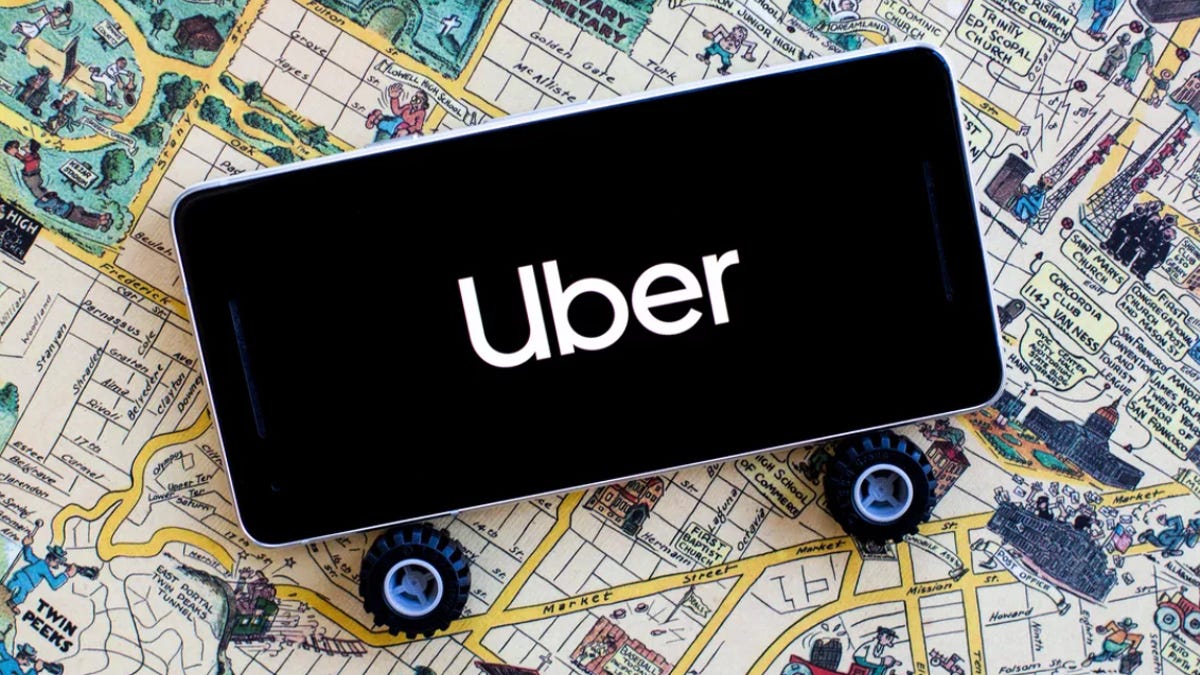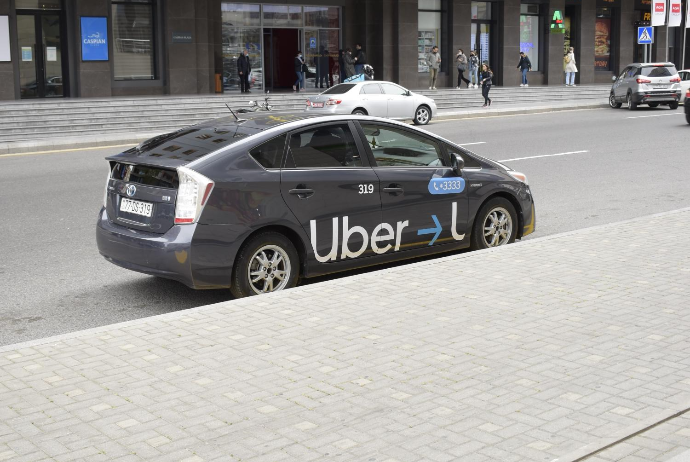The Uber Phenomenon: Revolutionizing Transportation and Society
Introduction
Since its inception in 2009, Uber has transformed the way people perceive and utilize transportation services worldwide. Founded by Travis Kalanick and Garrett Camp, Uber introduced a groundbreaking concept of ridesharing, utilizing technology to connect passengers with drivers through a mobile application. This innovation not only revolutionized the taxi industry but also sparked a broader cultural shift in how people approach mobility and employment. In this essay, we will delve into the multifaceted impact of Uber on transportation, economy, society, and urban development.
The Rise of Uber
Uber's success can be attributed to its disruptive business model and the timely convergence of technology and transportation. By leveraging smartphone apps and GPS tracking, Uber simplified the process of hailing a ride, providing users with convenience, transparency, and often lower costs compared to traditional taxis. This user-friendly approach rapidly gained popularity, propelling Uber to become one of the most valuable startups globally within a few years of its launch.
Economic Impact
Uber's economic impact extends beyond its role as a transportation provider. The platform created new opportunities for individuals to earn income as independent contractors, offering flexible work arrangements that appealed to many. This gig economy model, however, has been subject to scrutiny and debate regarding labor rights, worker benefits, and the classification of drivers. While some view Uber as a source of supplemental income and entrepreneurial freedom, others criticize its labor practices and call for greater regulation to protect workers' rights.
Furthermore, Uber's presence has disrupted traditional taxi industries, leading to both positive and negative consequences. While consumers benefit from increased competition, lower fares, and improved service quality, taxi drivers have faced financial challenges and job insecurity. The rise of ridesharing also raised concerns about congestion, environmental sustainability, and the long-term viability of public transportation systems.
Social Implications
Uber's impact on society extends beyond economics, influencing social behavior, urban dynamics, and cultural norms. The convenience of ridesharing has altered how people plan their daily routines, commute to work, and socialize with others. With the rise of UberPOOL and shared rides, the platform has promoted carpooling and reduced the number of vehicles on the road, addressing concerns about traffic congestion and carbon emissions.
However, Uber's expansion has also raised questions about safety, privacy, and equitable access to transportation. Incidents of driver misconduct, data breaches, and discrimination have prompted calls for enhanced safety measures, background checks, and inclusivity initiatives. Additionally, concerns about algorithmic bias and surge pricing disparities have underscored the need for transparency and accountability in platform governance.
Urban Development
 Uber's presence has reshaped urban landscapes and influenced urban development patterns in significant ways. The proliferation of ridesharing services has impacted parking demand, land use planning, and transportation infrastructure investments. Some argue that Uber and similar platforms contribute to the "death of the car culture," reducing reliance on personal vehicle ownership and promoting alternative modes of transportation such as walking, biking, and public transit.
Uber's presence has reshaped urban landscapes and influenced urban development patterns in significant ways. The proliferation of ridesharing services has impacted parking demand, land use planning, and transportation infrastructure investments. Some argue that Uber and similar platforms contribute to the "death of the car culture," reducing reliance on personal vehicle ownership and promoting alternative modes of transportation such as walking, biking, and public transit.
Moreover, Uber's integration with public transportation systems through partnerships and multimodal platforms has the potential to enhance urban mobility and address the first-mile/last-mile challenge. By providing seamless connections between different modes of transportation, Uber complements existing transit networks and expands access to underserved communities.
Challenges and Future Outlook
Despite its remarkable success, Uber faces numerous challenges and uncertainties as it continues to evolve in an ever-changing landscape. Regulatory hurdles, legal battles, and labor disputes pose significant threats to the company's profitability and reputation. Moreover, technological advancements such as autonomous vehicles and electric mobility are reshaping the transportation industry, raising questions about Uber's long-term viability and competitive advantage.
Nevertheless, Uber remains at the forefront of innovation, exploring new opportunities in areas such as food delivery, freight transportation, and aerial mobility. With its vast user base, extensive data analytics capabilities, and global reach, Uber is well-positioned to adapt to emerging trends and shape the future of transportation.
Moreover, as Uber continues to innovate and expand its services, it has also faced criticism and regulatory challenges. One of the most significant controversies surrounding Uber has been its classification of drivers as independent contractors rather than employees. This classification has allowed Uber to avoid providing traditional employment benefits such as health insurance, paid leave, and retirement plans. Critics argue that this classification undermines workers' rights and contributes to the precariousness of employment in the gig economy.
Additionally, Uber has faced scrutiny regarding safety and accountability. Reports of assaults and incidents involving Uber drivers or passengers have raised concerns about the effectiveness of background checks and safety protocols. In response, Uber has implemented various safety features in its app, such as real-time tracking, emergency assistance buttons, and driver screening enhancements. However, ensuring the safety of both riders and drivers remains an ongoing challenge for the company.
Furthermore, Uber has encountered resistance from traditional taxi industries and regulatory authorities in many cities and countries. Taxi drivers have protested against Uber's perceived unfair competition and lack of regulatory oversight, leading to legal battles and regulatory disputes in numerous jurisdictions. While some regions have embraced ridesharing as a complement to existing transportation options, others have imposed restrictions or outright bans on Uber's operations. Looking ahead, Uber faces a rapidly evolving landscape shaped by technological advancements, regulatory changes, and shifting consumer preferences. The emergence of autonomous vehicles, electric mobility, and alternative transportation modes presents both opportunities and challenges for Uber's business model. While autonomous vehicles hold the promise of reducing operating costs and improving safety, their widespread adoption could also disrupt Uber's driver-centric platform and raise questions about liability and regulation.
Looking ahead, Uber faces a rapidly evolving landscape shaped by technological advancements, regulatory changes, and shifting consumer preferences. The emergence of autonomous vehicles, electric mobility, and alternative transportation modes presents both opportunities and challenges for Uber's business model. While autonomous vehicles hold the promise of reducing operating costs and improving safety, their widespread adoption could also disrupt Uber's driver-centric platform and raise questions about liability and regulation.
Moreover, the COVID-19 pandemic has had a profound impact on Uber's operations and financial performance. Lockdowns, travel restrictions, and changing consumer behaviors have led to fluctuations in demand for ride-hailing services, prompting Uber to diversify its offerings and focus on areas such as food delivery and logistics. The pandemic has also highlighted the vulnerability of  gig workers and intensified debates about labor rights and social safety nets.
gig workers and intensified debates about labor rights and social safety nets.
In conclusion, Uber has profoundly transformed transportation, economy, society, and urban development since its inception. By harnessing the power of technology and entrepreneurship, Uber revolutionized the way people move around cities, work, and interact with their environment. However, its rapid growth and disruptive impact have sparked complex debates about labor rights, safety, equity, and sustainability. As Uber navigates through challenges and opportunities in the years ahead, its legacy as a transformative force in the transportation industry is assured, leaving an indelible mark on the fabric of modern society.






























